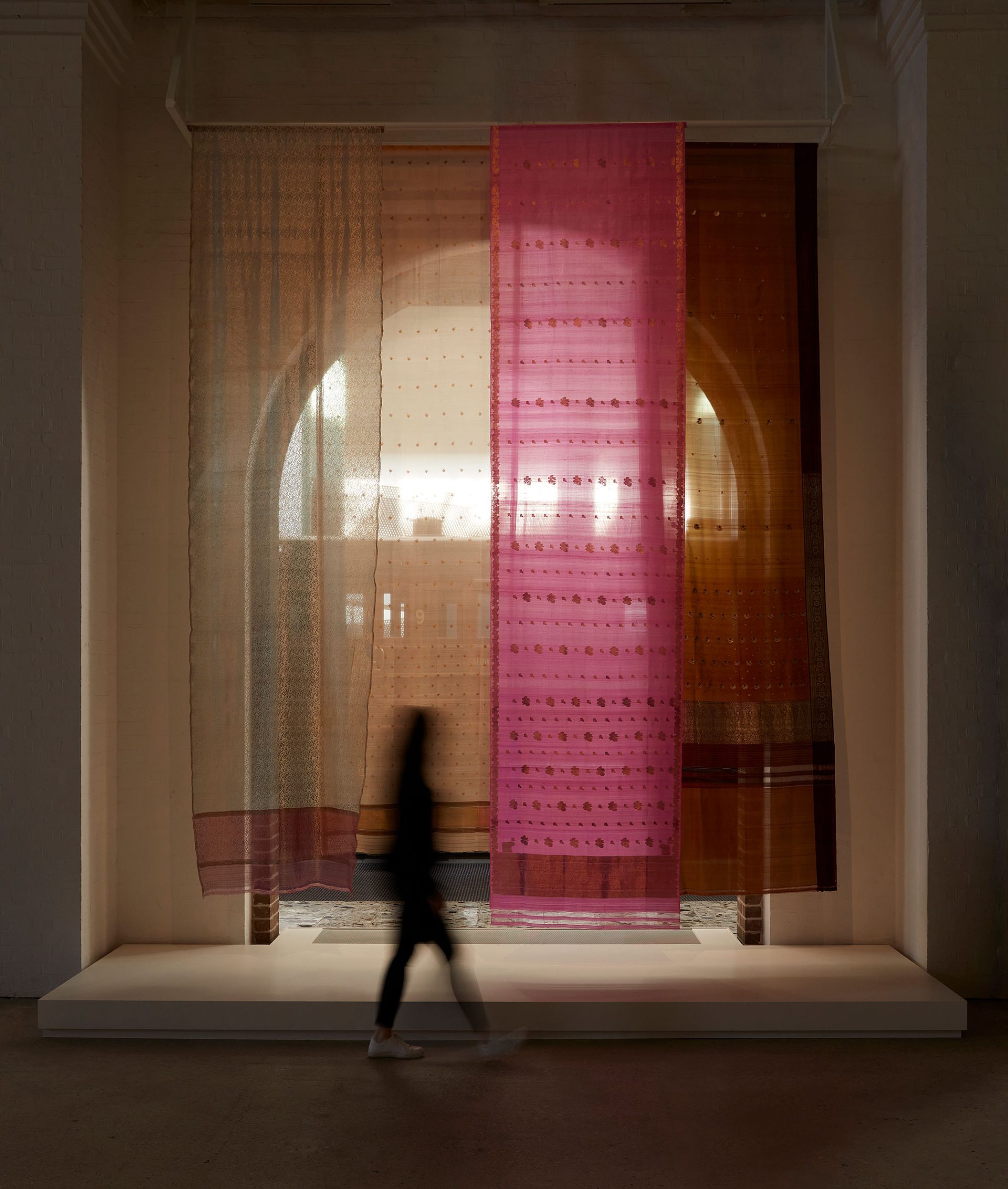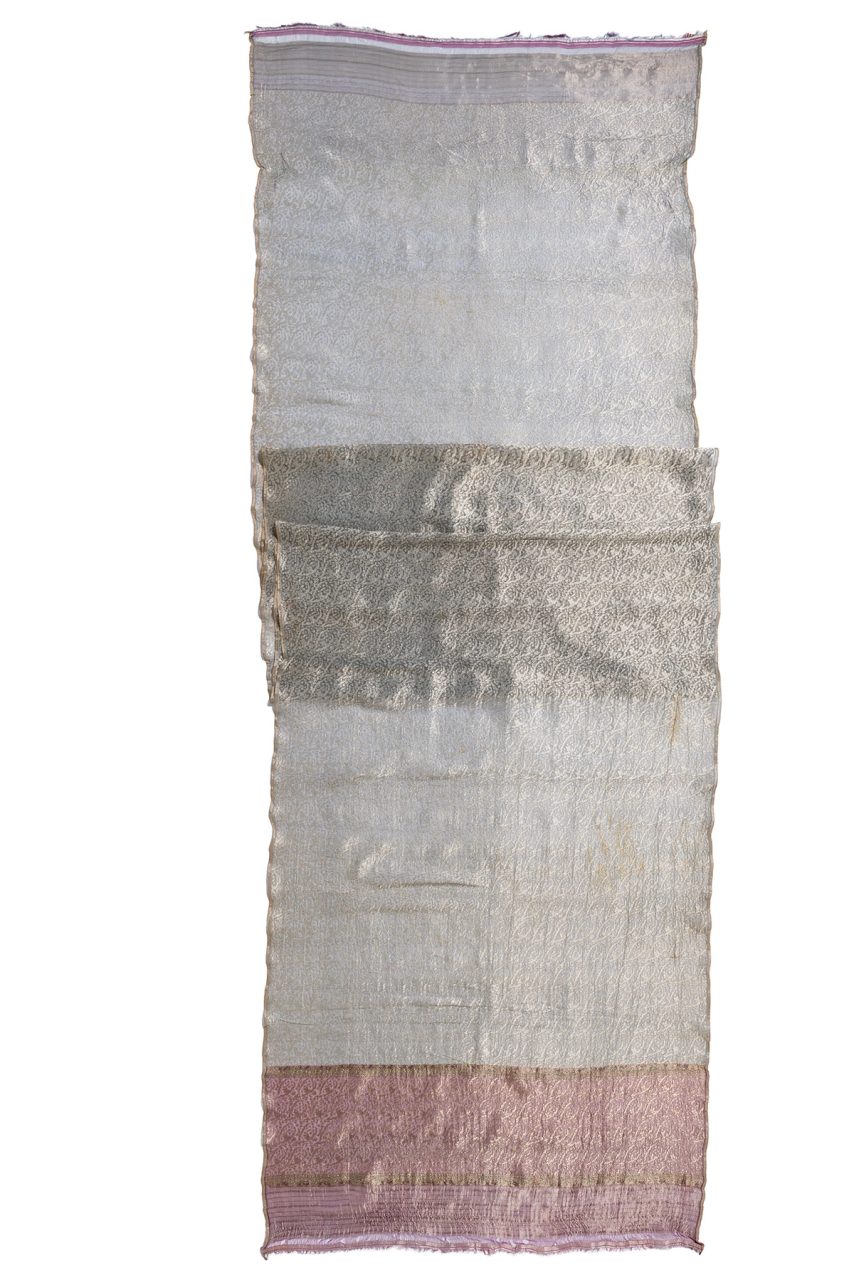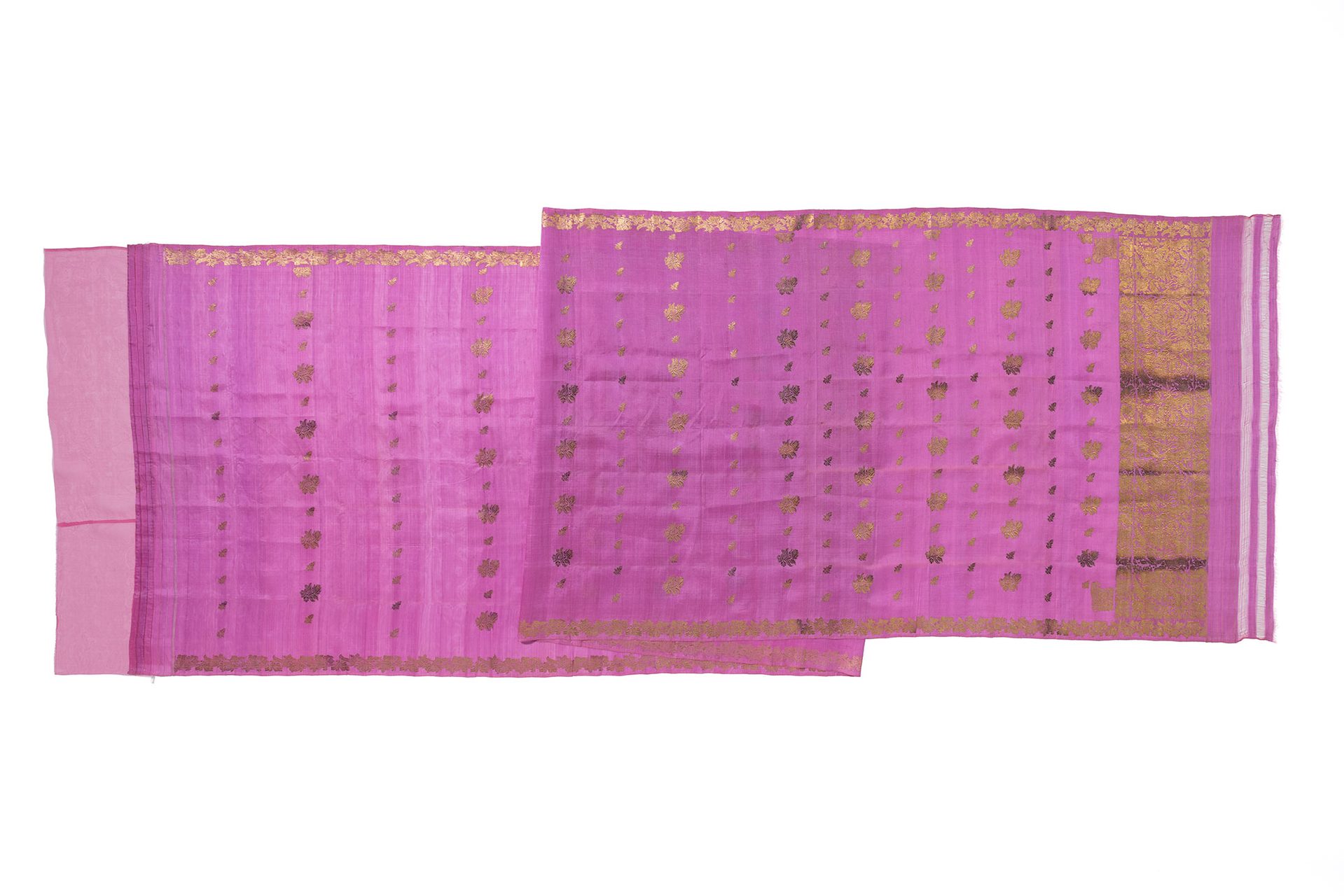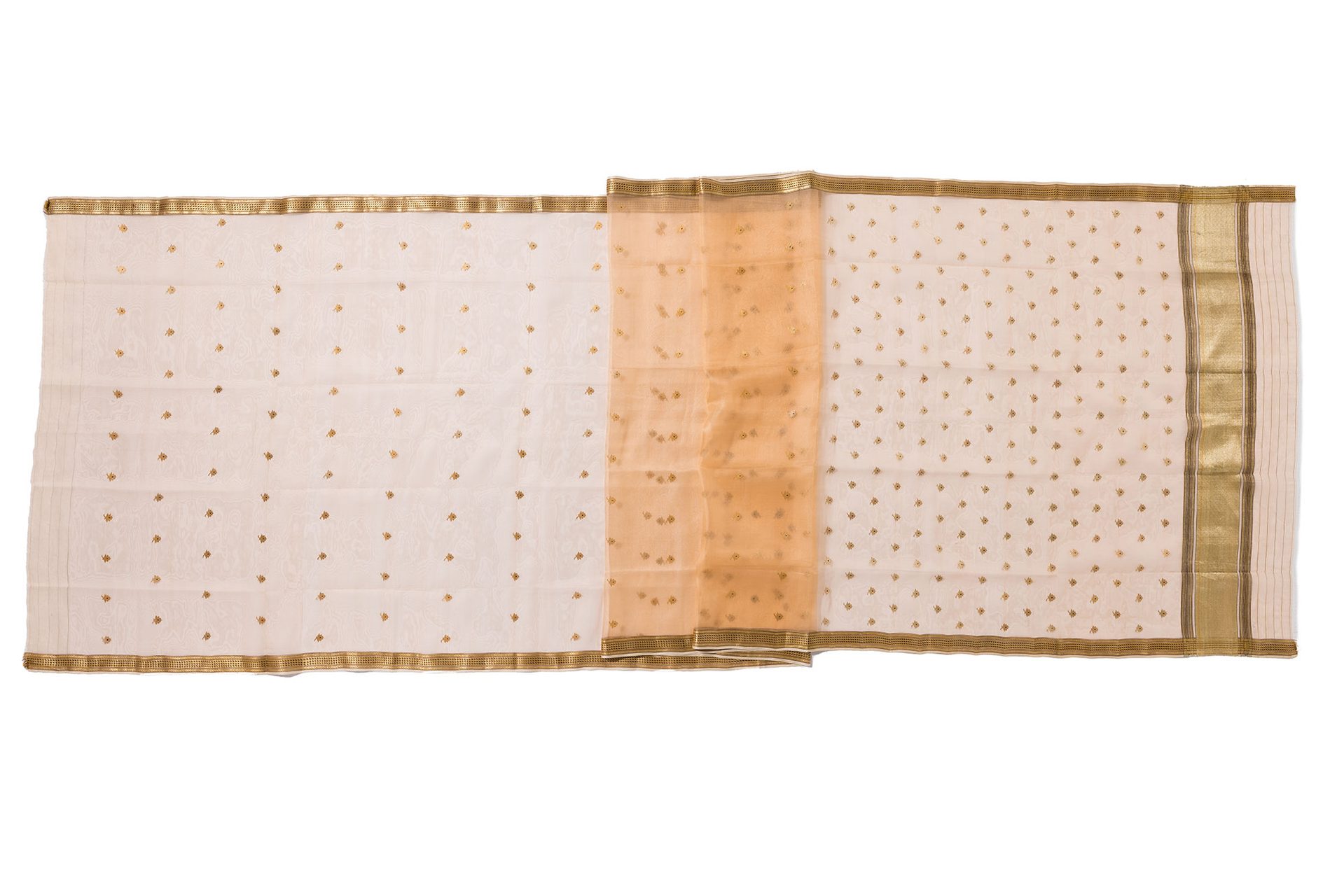Charkha (spinning wheel) and Kargha (loom) weavers

‘Textile production has always occupied an important place in India and among its craftspeople and weavers. Charkha and Kargha highlights a selection of unique Indian textiles collected by Powerhouse, shedding light on the diverse techniques of textile craft, design and production. These include botanical specimens used for dying, spinning wheels and loom; woodblock prints; and diverse Indian textiles and garments.’

‘I feel fortunate that now I am carrying this tradition forward. This is a rich craft of India. This will glorify our Banaras and Uttar Pradesh. We are here in Australia and representing this 150-200-year-old tradition. It is believed that the Jala technique that we use was invented by Khwaja Bahauddin Chishti Bukhari who was a resident of Azerbaijan, Bukhara. He invented this Naqshbandi craft and then it gradually spread across many places... Each field has its own speciality. They all have their unique quality and traditional approach and they work according to that. Every one of them is so skilful in their field that I feel proud in saying that all those crafts are extraordinary.’
‘... we attach the designed threads according to the weaving size. According to the design on the graph, we set the threads, tie the threads and dye the threads. After that, there is a part called Kandi to which we have wrapped up. This wrapping up on the Kandi part is particularly done by the mother. This used to be so helpful to my father.’

‘The Indian Ministry of Textiles has generously provided exquisite handwoven fabrics from different parts of India depicting its rich heritage, including silk and cotton sarees, textile accessories, handlooms, and by sending highly accomplished master weavers from India for live demonstrations to complement the exhibition...Each item on display in the exhibition has its unique aesthetic signature and a glorious history behind it.’

Taking its title from Charkha (spinning wheel) and Kargha (loom), the exhibition featured over 100 rare items dating back to the foundational collections acquired by the Powerhouse since the 1880s.
In addition to their beauty, many of the textiles featured in the exhibition incorporated spinning, weaving, dyeing and embroidery techniques. Highlights included block-printed textiles, known as Fustat fragments, believed to be made in Gujarat in the 1400s.
Charkha and Kargha coincided with the 75th anniversary of India’s independence on 15 August 2022. The exhibition demonstrated the role textiles played in India’s movement towards independence from colonial rule.Charkha and Kargha is presented by Powerhouse with the support of the Consulate General of India, Sydney.
Our sincere thanks to Associate Professor Dr. Chaitanya Sambrani of the School of Art and Design, Australian National University for his support as curatorial advisor. Thanks also to Liz Williamson and Christina Sumner for their advice. The exhibition was curated by Dr Pedram Khosronejad and assistant curator Alysha Buss with exhibition design by Hugh O’Connor. The project was managed by Anna Gardner and realised with the support of a multidisciplinary team of Powerhouse staff and collaborators.
























